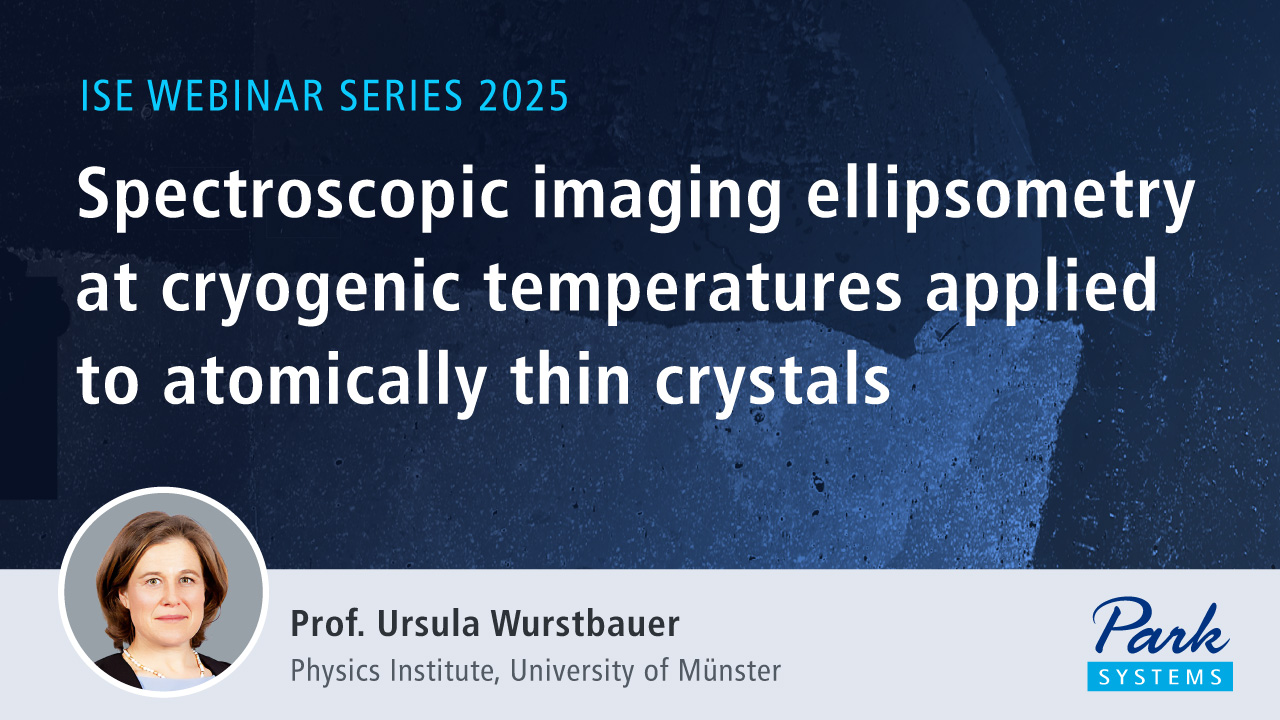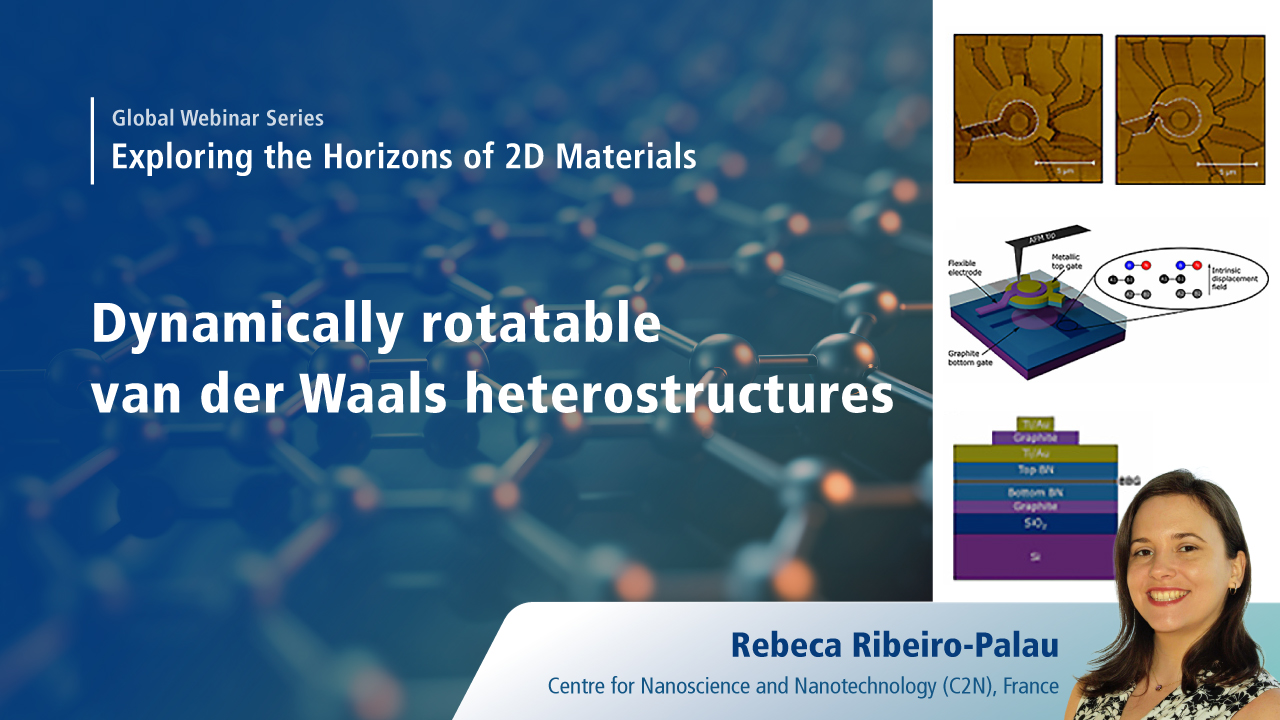SPEAKERS

-
Yasumitsu Miyata
Associate Professor, Tokyo Metropolitan University
Dr. Miyata received his Ph.D. in Physics from Tokyo Metropolitan University, Japan, in 2008. He was a research fellow of the Japan Society for the Promotion of Science (JSPS) (2008-2009), and was an assistant professor at Nagoya University (2009-2013). Since 2013, he has been an Associate Professor of Tokyo Metropolitan University.
- Access Speaker Publications
SPEAKERS
-
- Yasumitsu Miyata
- Associate Professor, Tokyo Metropolitan University
Authors
Transition metal chalcogenides (TMCs) are attractive materials due to their diverse nanostructures and unique physical properties. Recent advances in growth techniques have enabled the creation of various low-dimensional forms of transition metal monochalcogenides (TMMs) and dichalcogenides (TMDs). In this talk, I will review on our recent progress in the fabrication and characterization of such nanostructures, including nanowires, nanotubes, nanoscrolls, nanoribbons, and in-plane/vertical heterostructures. For example, we have developed the controlled growth of TMD-based in-plane heterostructures with 1D interfaces [1-6]. These heterostructures have demonstrated promising functions such as the circularly-polarized and wavelength-tunable light-emitting diodes [2,3], directional exciton-energy transport [4], and tunneling field-effect transistors (TFETs) [5,6].
In addition, we have used the chalcogen substitution process of TMDs to fabricate nanoscrolls and moiré superlattices of Janus monolayers. Built-in strain in these Janus monolayers allows the formation of nanoscrolls with small inner diameters [7]. Furthermore, the chalcogen substitution process can convert bilayer MoSe2 into Janus MoSSe/MoSe2 moiré superlattices by controlling the lattice constant [8]. We have also achieved the synthesis of various single-wall TMD nanotubes by using isolated boron nitride (BN) nanotubes as templates [9,10]. Beyond TMDs, we recently succeeded in the wafer-scale growth of atomically-thin TMM wires [11]. The bundles of TMM wires can be tailored into thin, nanoribbon-like structures, in which a 2D carrier gas is formed [12]. These ribbon-shaped bundles have been further processed into layered TMD nanoribbons [13] and used to synthesize metal-intercalated ternary TMMs [14]. These advancements open new opportunities for exploring the physics of low-dimensional systems and developing potential applications of TMC nanostructures.
References
[1] Y. Kobayashi, et al., ACS Nano, 13 (2019) 7527.
[2] N. Wada, et al., Adv. Func. Mater., 32 (2022) 2203602.
[3] J. Pu, et al., Adv. Mater. 34 (2022) 2203250.
[4] M. Shimasaki, et al., ACS Nano, 16 (2022) 8205.
[5] H. Ogura, et al., ACS Nano 17 (2023) 6545.
[6] S. Toida et al., Appl. Phys. Lett. 124 (2024) 263101.
[7] M. Kaneda et al., ACS Nano 18 (2024) 2772.
[8] W. Zhang et al., Small Structures 5 (2024) 2300514.
[9] S. Furusawa, et al., ACS Nano, 16 (2022) 16636.
[10] Y. Nakanishi et al., Adv. Mater. 35 (2023) 2306631.
[11] H.E. Lim, et al., Nano Lett., 21 (2021) 243.
[12] H. Shimizu, et al., ACS Appl. Nano Mater. 5 (2022) 6277.
[13] H.E. Lim, et al., ACS Appl. Nano Mater., 5 (2022) 1775.
[14] R. Natsui et al., ACS Nano 17 (2023) 5561.




